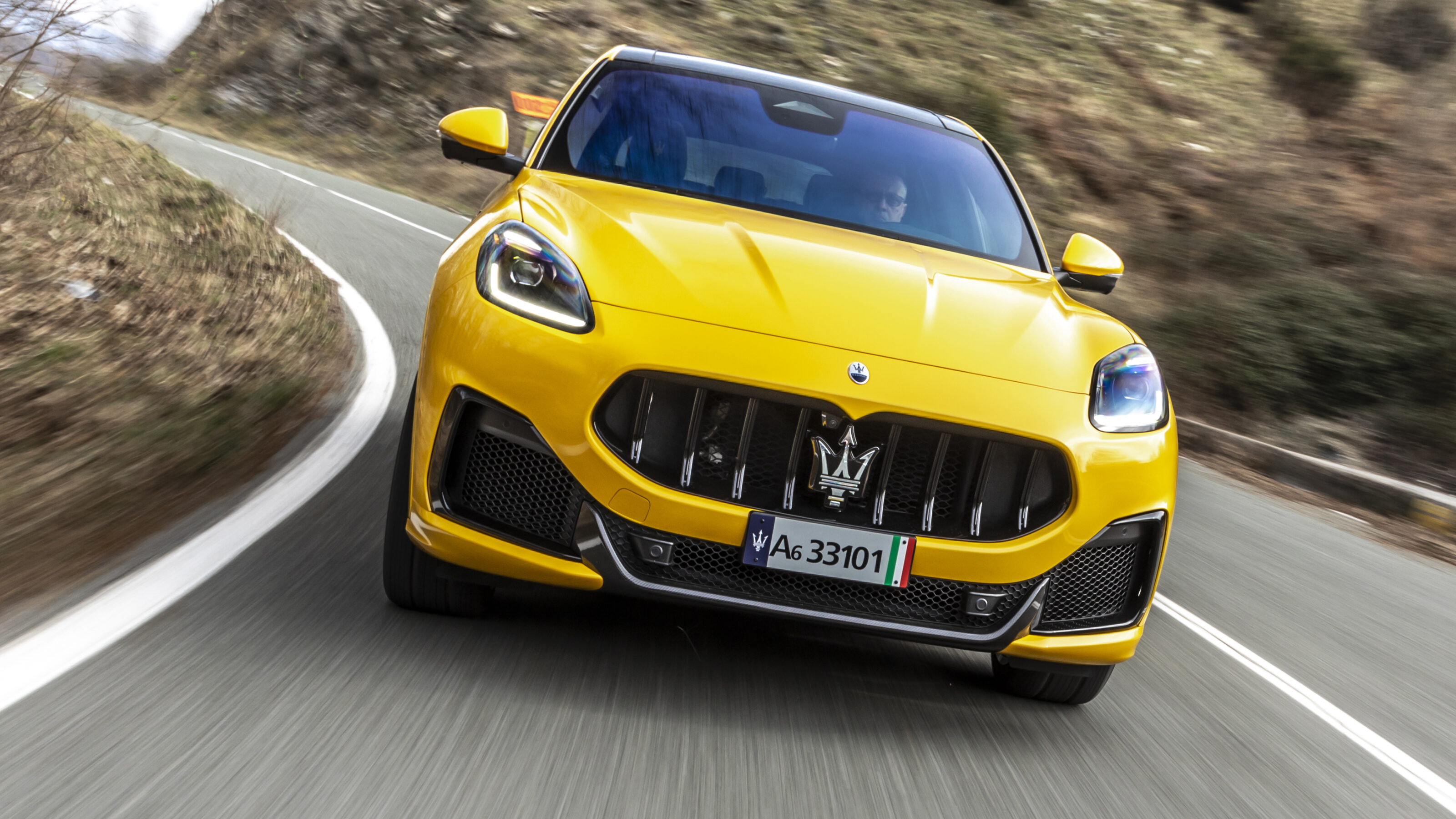Things we like
- Trofeo’s supercar V6
- Sporty handling, yet decent ride
- Impressive interior room
Not so much
- Unsophisticated four-cylinder engine
- Trofeo Corsa mode damping too stiff
- Depreciation will be higher than German rivals
UPDATE, August 15: Australian pricing revealed
Australian pricing for the Maserati Grecale has surfaced online, thanks to a dealer bulletin shared with Wheels Media. Get the full story at the link below.
The story to here
Sign of the times: If you want to be taken seriously as a producer of premium performance vehicles in the 21st century you simply must build …a sporty SUV.
Performance sedans are a dying breed, and sports cars have always been niche products. Sporty SUVs with a premium badge are where the money is these days.
That’s why the new 2023 Maserati Grecale exists.
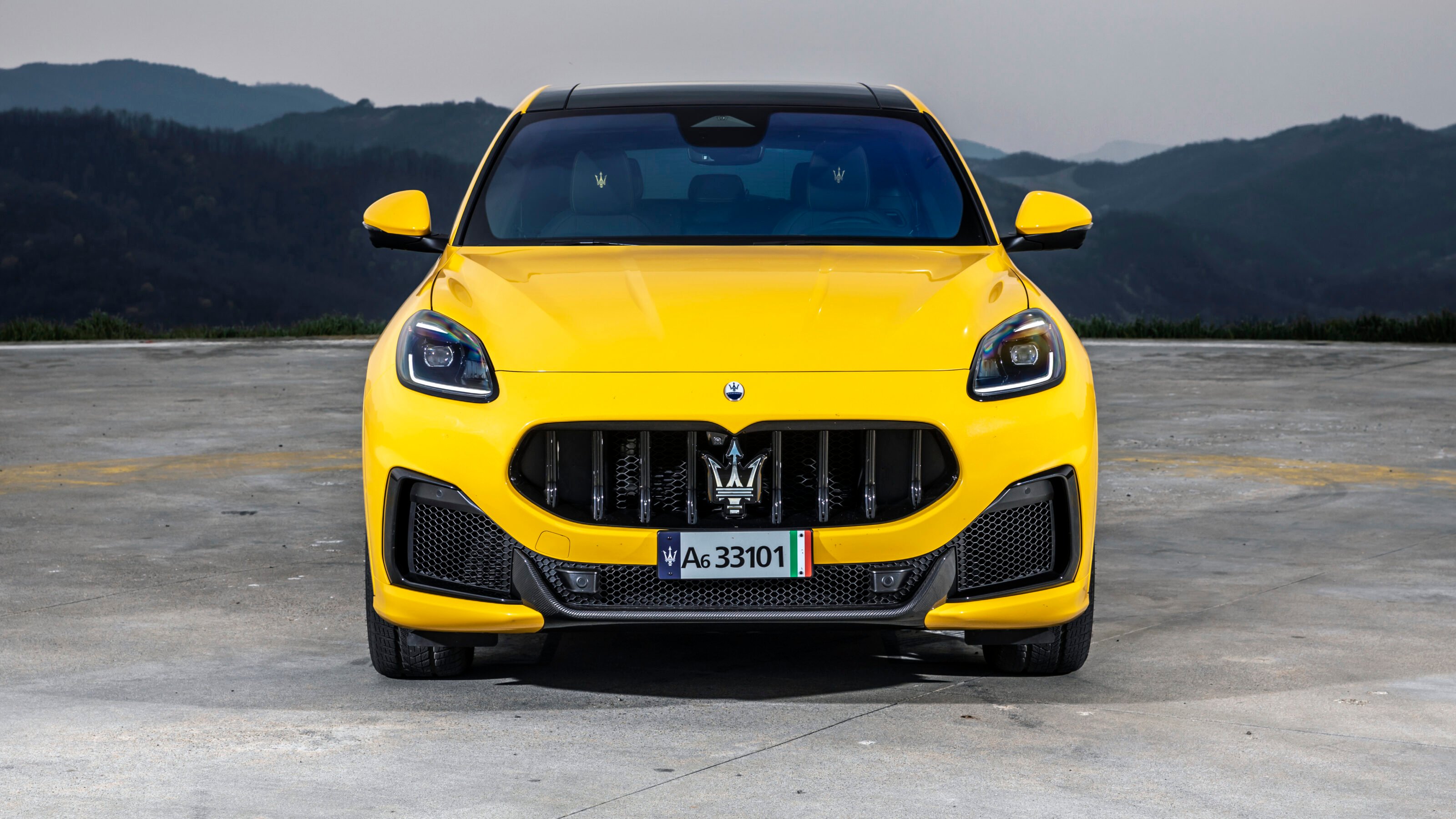
Of course, the Grecale isn’t Maserati’s first SUV. The Levante, launched in 2016, marked the first foray of the legendary Italian brand, famous in the 50s and 60s for fast, continent-crushing gran turismos, into the SUV market. But the smaller Grecale pitches Maserati into a segment dominated by Porsche’s Macan and the performance versions of the Mercedes-Benz GLC and BMW X3/X4, with Jaguar’s F-Pace and Alfa Romeo’s Stelvio squabbling at the margins.
The Grecale is built on a modified version of the Giorgio platform that underpins the Alfa Romeo Stelvio.
The Grecale’s 2901mm wheelbase is 83mm longer than that of the Stelvio, 94mm longer than that of the Macan, and 27mm longer than that of the Jaguar F-Pace. Though noticeably more compact than the Levante, the Grecale is bigger than it looks.
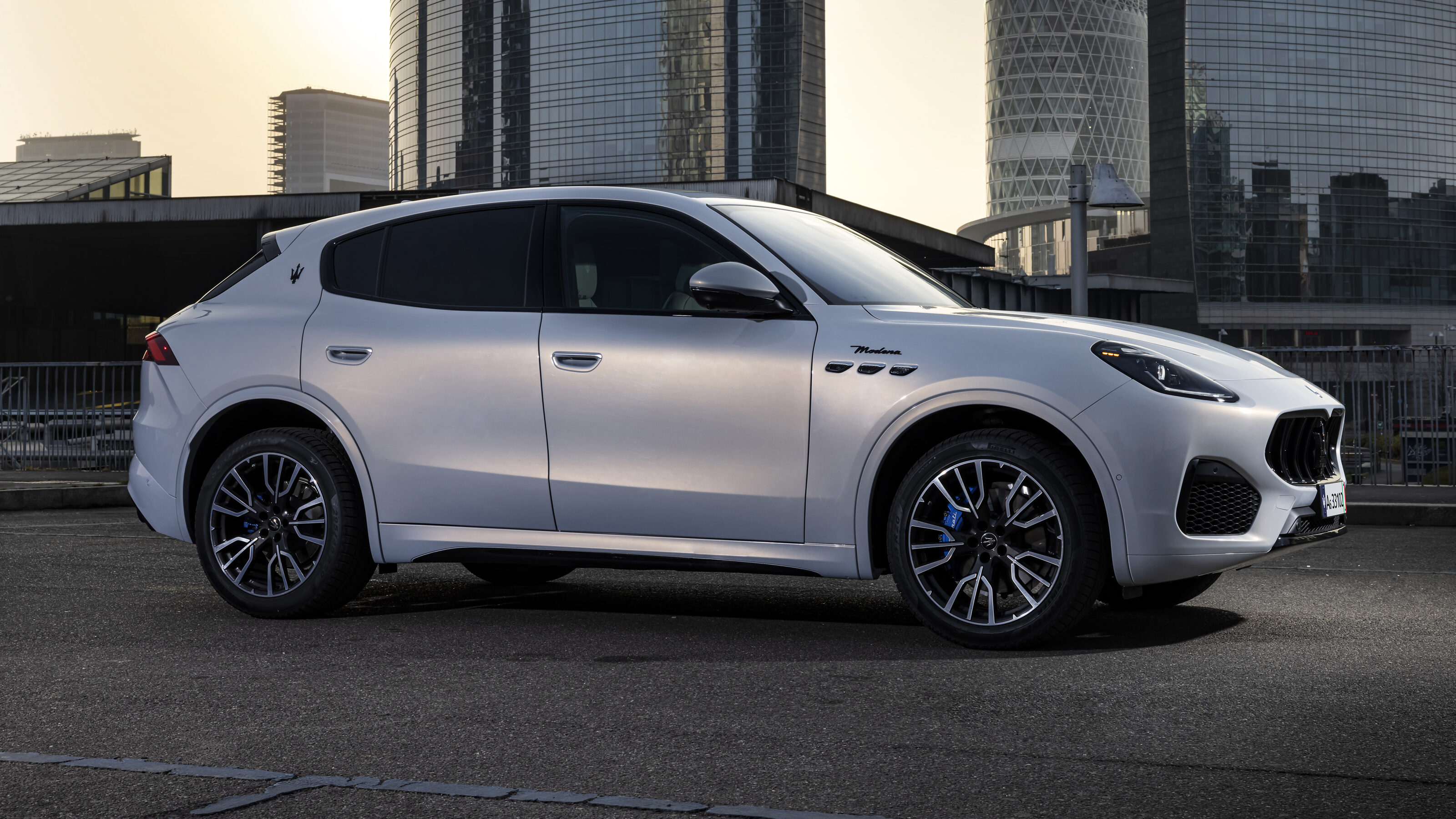
The entry-level Grecale GT is powered by a 48V mild-hybrid version of the 2.0-litre turbocharged four that’s also found in the Alfa Romeo Stelvio. In Grecale GT trim the powertrain makes 221kW at 5750rpm and 450Nm from 2000rpm to 4000rpm.
The mid-spec Grecale Modena shares the GT’s powertrain, but the power output has been boosted to 242kW at 5750rpm, and peak torque of 450Nm is available from 2000rpm to 5000rpm.
Maserati claims the Grecale GT will hit 100km/h in 5.6 seconds and 200km/h in 23.7 seconds on the way to a top speed of 240km/h.
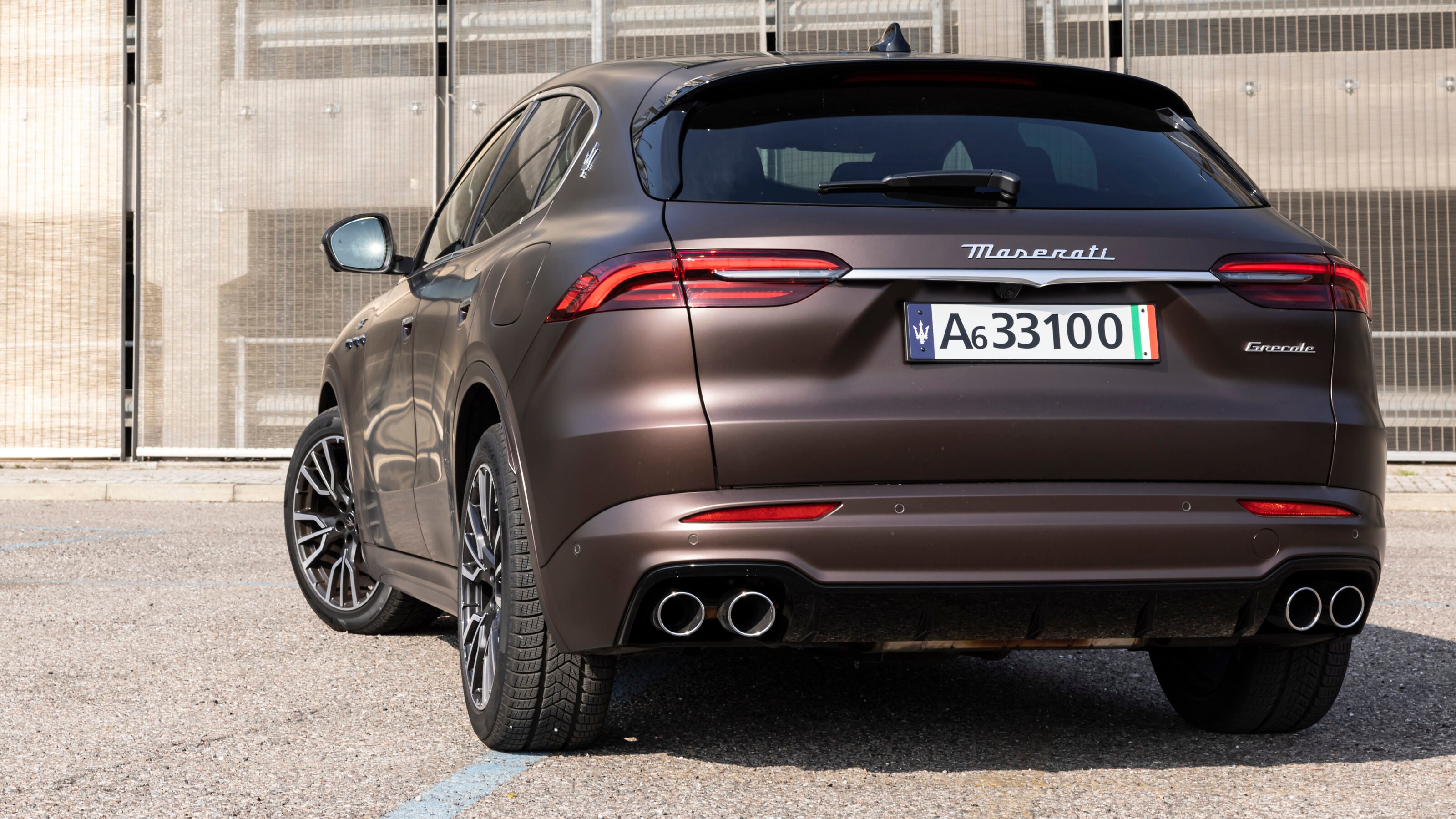
The Grecale Modena will also hit 240km/h but will nail the 0-100km/h sprint in 5.3 seconds and 0-200km/h in 21.9 seconds, Maseratis says.
The halo Grecale is the Trofeo, which packs a detuned, wet-sump version of the Maserati MC20 supercar’s innovative, twin combustion, twin turbo-charged, 3.0-liter Nettuno V6 under the bonnet.
In the MC20 this engine produces 463kW at 7500rpm and 730Nm of torque from 3000rpm to 5500rpm. In the Grecale Trofeo it makes 390kW at 6500rpm and 620Nm between 3000rpm and 5500rpm.
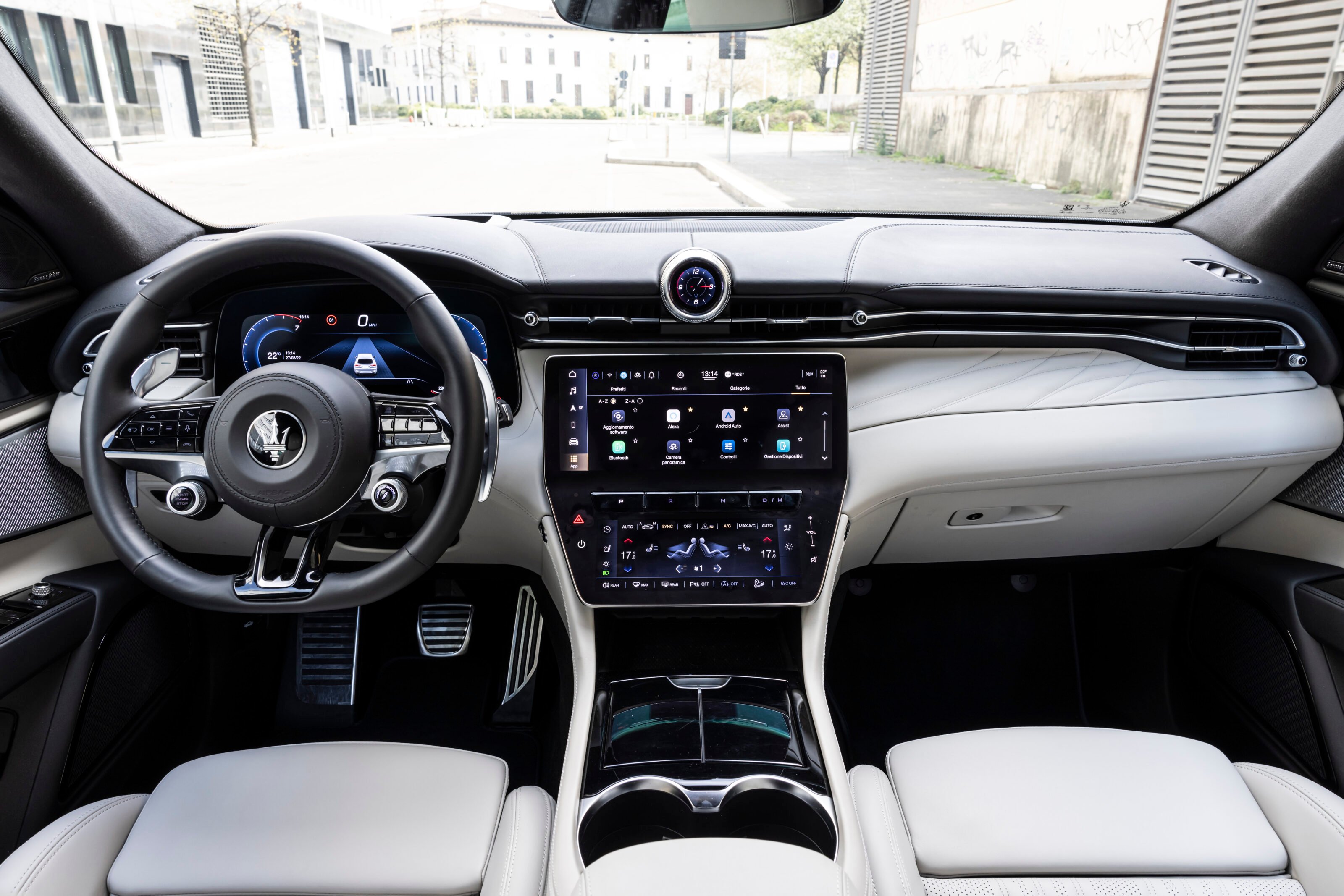
Detuned it may be, but it’s an engine that’s going to get the attention of Porsche Macan GTS buyers. Mercedes-AMG GLC 63 S Coupe, BMW X4 M Competition, Alfa Romeo Stelvio Quadrifoglio and Jaguar F-Pace SVR buyers, too.
On paper, the Grecale Trofeo’s claimed 3.8 second 0 to 100km/h acceleration time and 285km/h top speed puts it right amongst this rambunctious bunch.
But how does it drive?
The short answer: Not like a Porsche Macan. In a good way.
All the Grecales have an eight-speed automatic transmission and a permanent all-wheel drive system that can send 100 percent of the torque to the rear wheels if needed.
The four-cylinder GT and Modena models roll on steel springs and have adjustable dampers. Standard wheel on the Grecale GT is a 19-inch alloy, shod with 235/55 tyres from and rear.
The Grecale Modena gets 20-inch wheels and a staggered tyre setup, with 255/45 items at the front and 295/40s at the rear.

The Grecale Trofeo comes standard with height adjustable air suspension, an electronic rear differential, and bigger brakes than the four-cylinder models. Standard wheels are 21-inch, with 255/40 tyres up front and 295/35s at the rear.
While the steel-sprung, four-cylinder Grecales offer three drive modes – Comfort, GT, and Sport – the air suspension, which is optional on the four-cylinder models, allows the addition of a two-stage Off Road drive mode that raises the ride height 15mm or 30mm.
The Trofeo also gets a unique Corsa mode that sharpens throttle, transmission, and braking responses, dials back the traction and stability control, and activates launch control. Corsa also ups the damper rates from Sport to Hard.
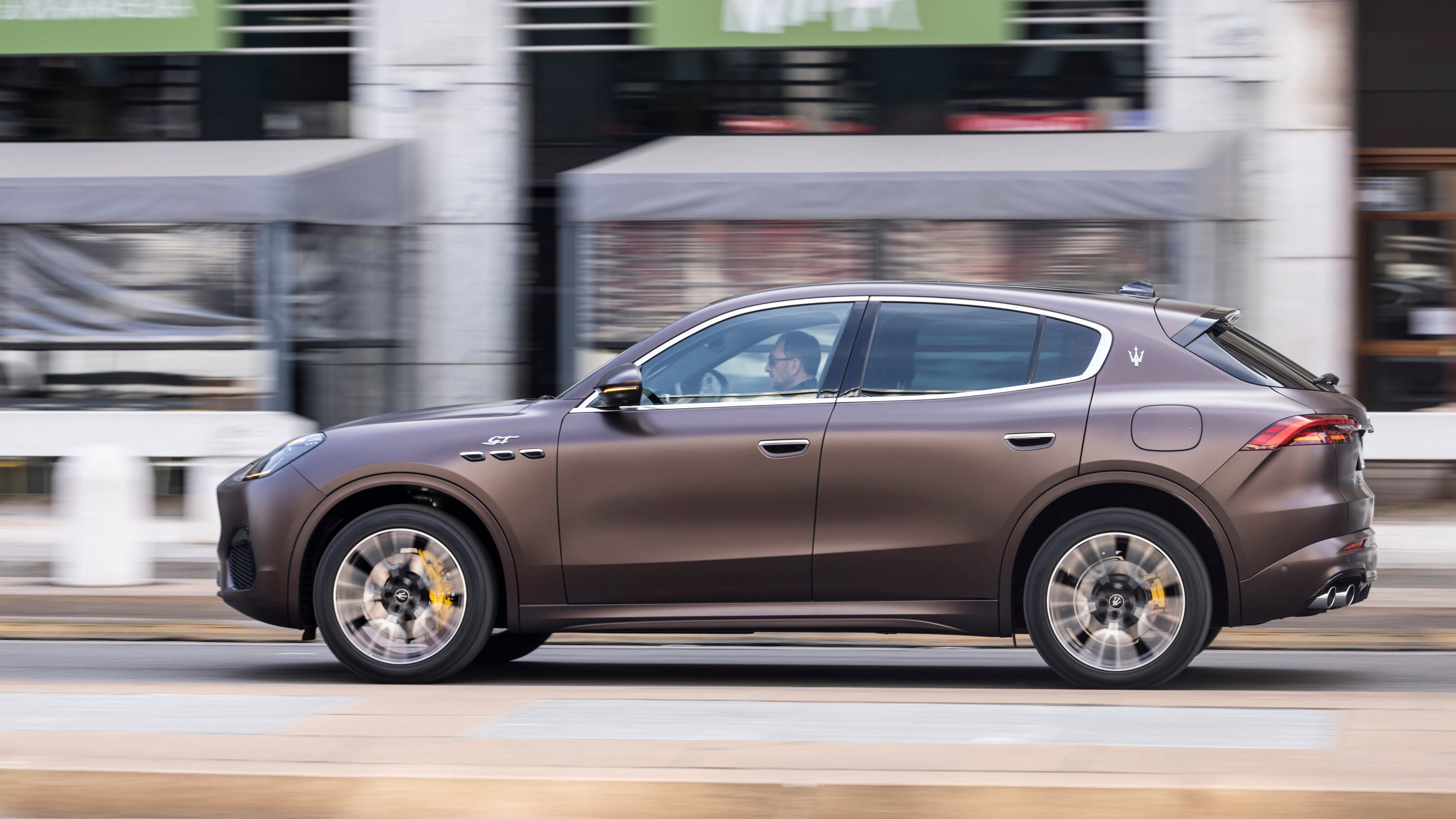
With everything set in the default GT drive mode, all the Grecales feel more compliant than their Macan counterparts.
Even the Trofeo rolls and pitches noticeably when pushed, the bonnet tilting skyward like an old GTHO Phase III’s when you punch the throttle from a standing start, unleashing an edgy snarl and serious thrust from the Nettuno V6.
But the motions are well controlled, and when you really lean on it, the suspension stiffens its sinews and gives you the support you want.
“We wanted the car to communicate its dynamics,” says Maserati validation engineer Frederico de Medio, who openly admits the Grecale’s chassis setup repudiates the German obsession with stiffness. “Too many cars today are too rigid.”
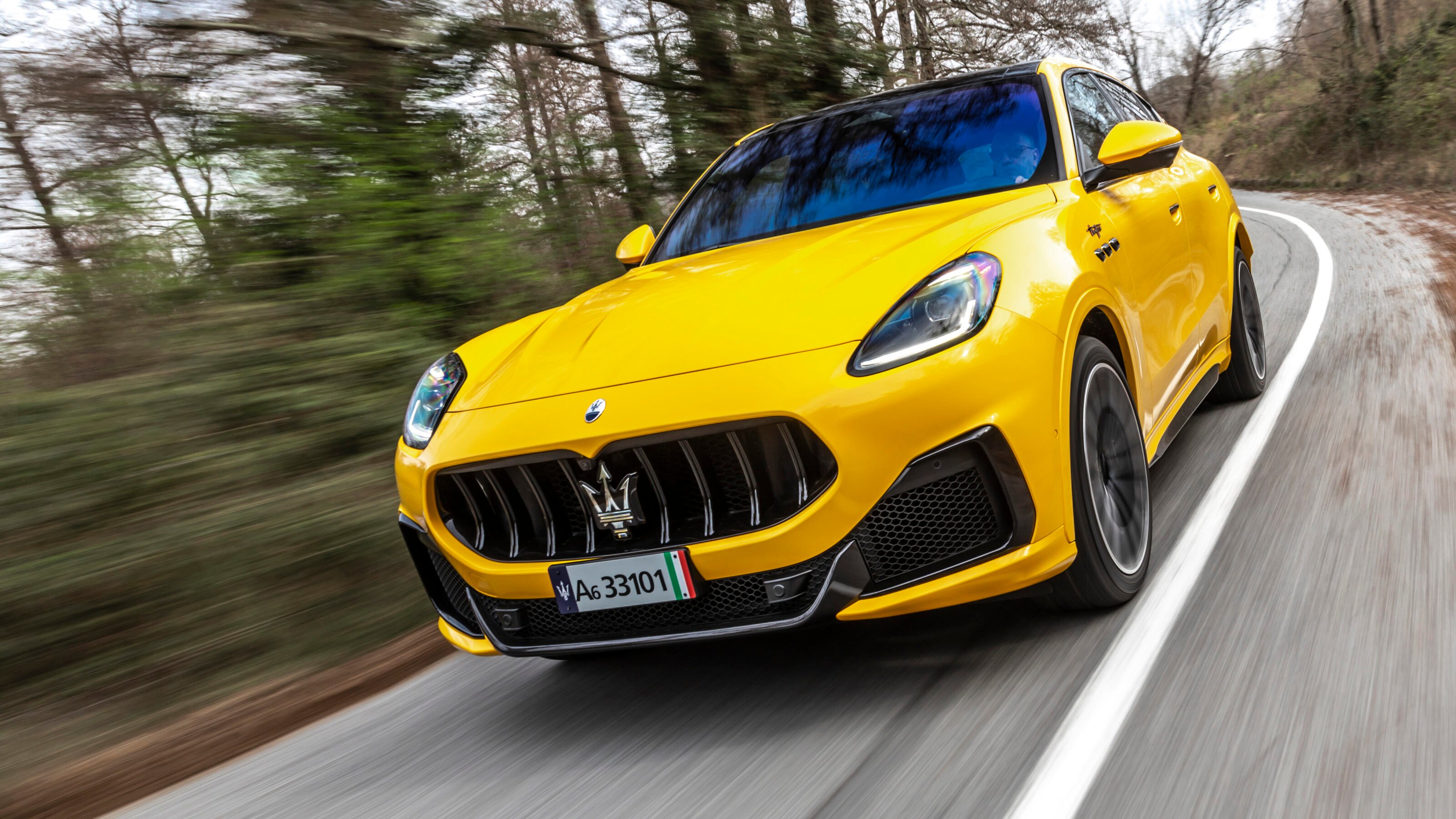
That said, in Corsa mode the Grecale Trofeo’s ride is way too stiff. Fortunately, a button at the center of the steering wheel-mounted rotary drive mode controller allows you to switch damper modes independently of drive modes. In Corsa you can chose between Hard and Sport.
In all the other modes apart from Off Road, you can switch between Sport and the standard damper rates.
The four-cylinder engine powering the GT and Modena models doesn’t have the visceral punch of the Trofeo’s Nettuno V6. Nor does it have the aural appeal, a rapid tick-tick-ticking from the 200psi direct injection system the dominant sound from the engine compartment at cold idle.
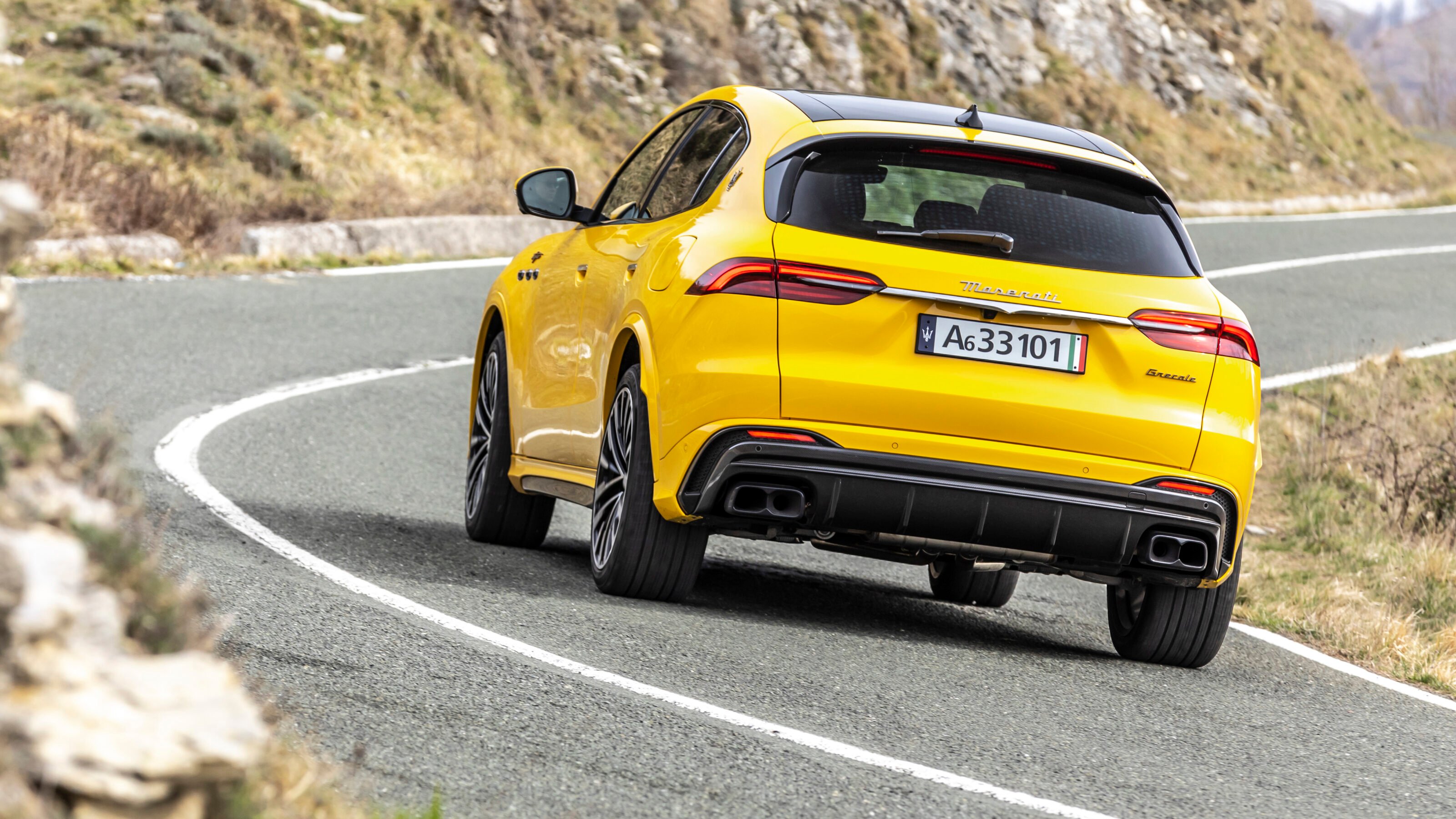
That noise becomes less intrusive as the engine warms, but its character remains more sandpaper than silk. You can’t really feel the mild-hybrid system’s e-booster at work, either, but the power delivery at lower revs is relatively linear and throttle response gets sharper above 3000rpm.
The four-cylinder Grecales feel lighter in the nose than their Macan counterparts, and more responsive to initial steering inputs, though the six-cylinder Trofeo has better overall steering feel, with more consistent weighting.
The smaller Macan might be more agile, but the Grecale, on first acquaintance, arguably strikes a better balance between handling and comfort. However, as our Italian test route lacked any decent winding roads and all the test cars were on soft winter tyres, we’ll reserve final judgement until we’ve spent more time in it on good roads with grippier rubber.
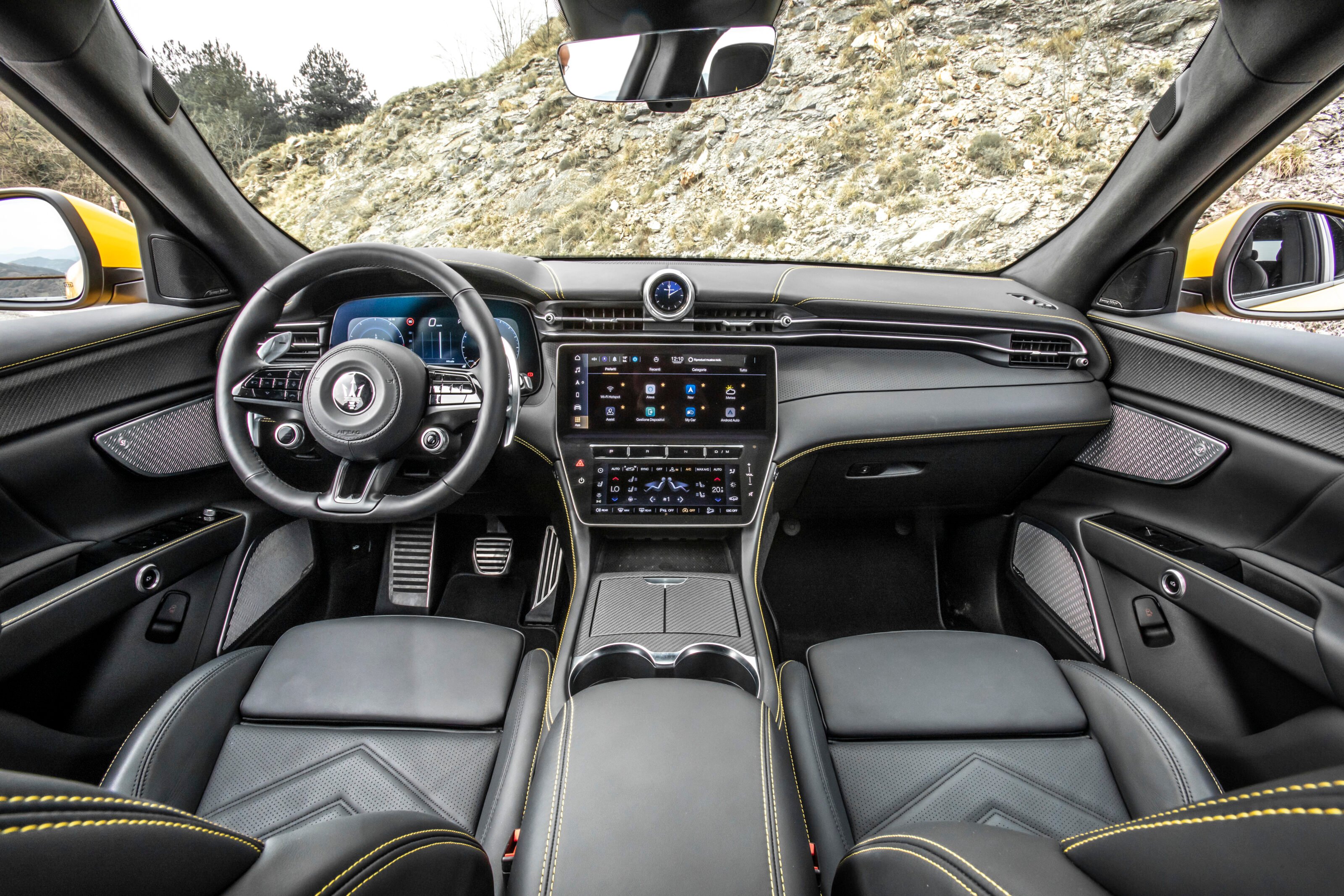
There’s no debate about the Grecale’s superior packaging, however.
Maserati claims both the front and rear seats will comfortably accommodate 99th percentile adults, and there is no reason to doubt that claim: The rear seat leg and head room is truly excellent.
Rear load space – 570 litres in the Trofeo and 535 litres in the four-cylinder models because of the need to package the mild-hybrid system’s battery – is also pretty good.

What’s more, the Grecale’s cabin has a touch of Italian fashionista flair to it, even on the entry level models. It also has an impressive array of four screens.
The instrument panel is a configurable screen with crisp and clear graphics. Above the center console is a structure that houses a 12.3-inch touchscreen that controls the nav, audio, phone and vehicle settings; below it is an 8.8-inch touchscreen that controls comfort functions such as the climate control and seat heating and cooling, as well as audio volume.
The two screens are behind a single surface that kinks from the near-vertical alignment of the upper screen to an angle that matches the upward sweep of the center console for the lower screen. Separating the two screens are push button transmission controls.
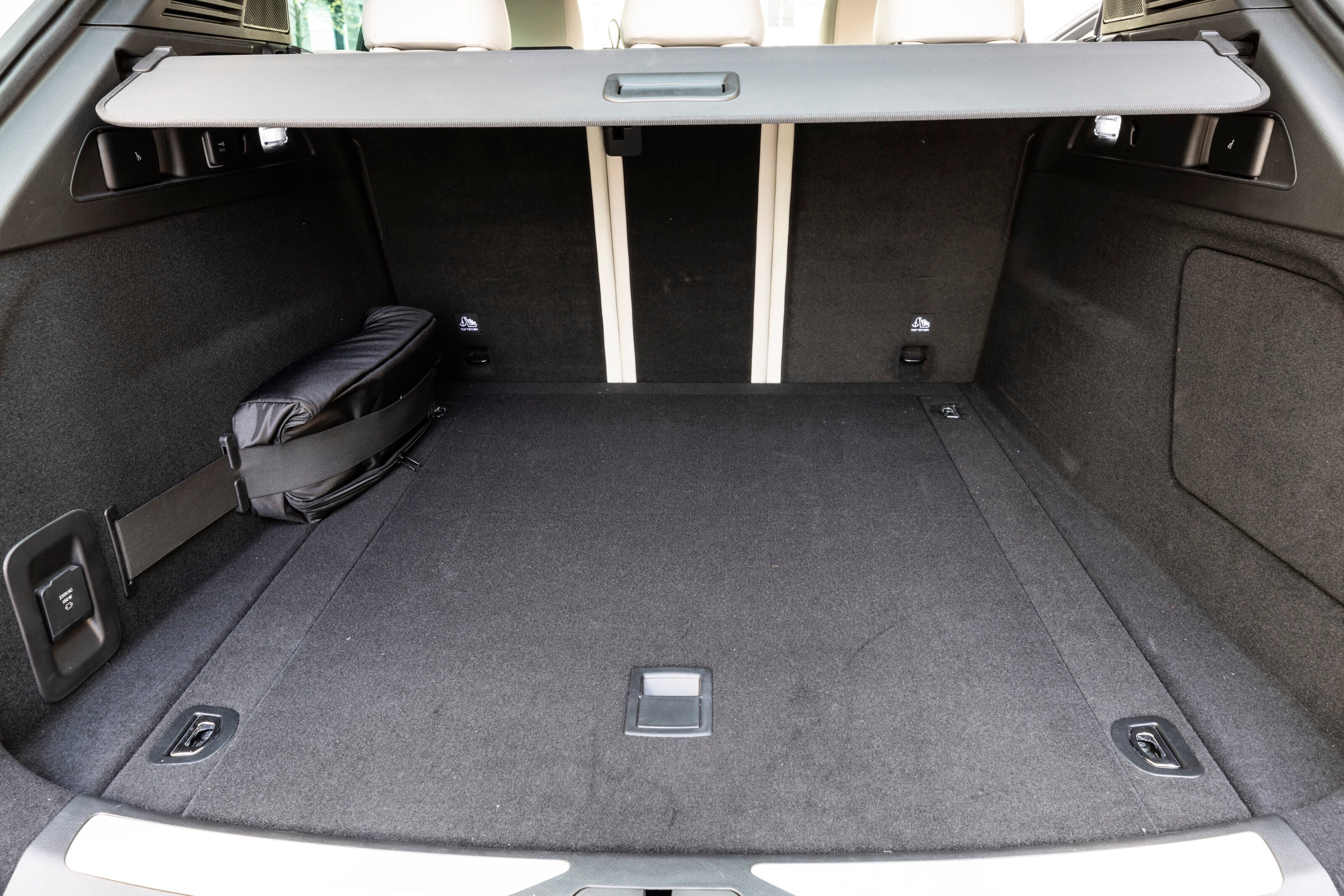
The fourth screen? It’s the clock at the center of the upper dash, which can be configured between classic analog and digital time displays, and to show performance data such as throttle and brake inputs or g-loads.
VERDICT
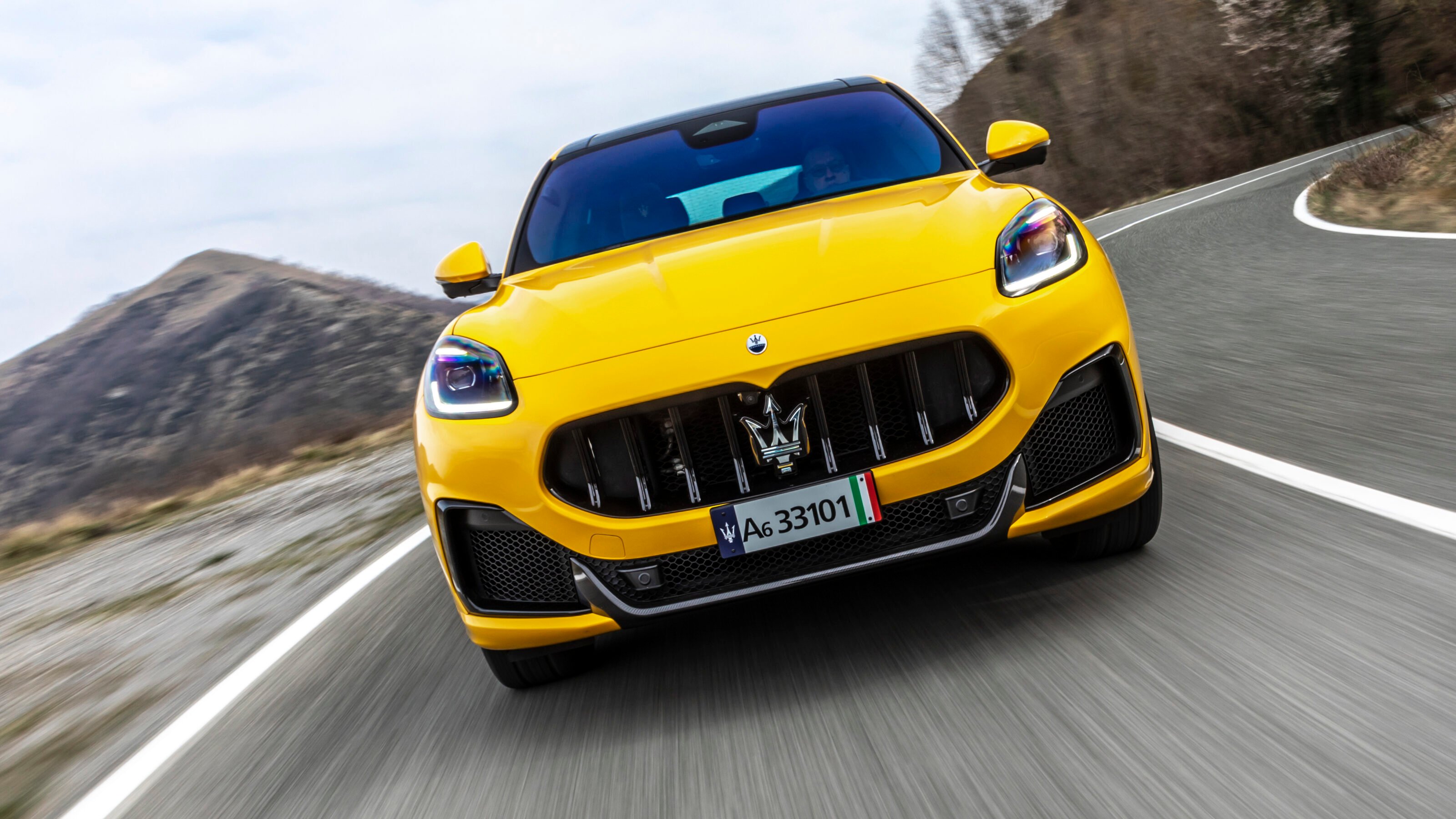
Well-equipped and likely to be competitively priced, the Maserati Grecale is more luxurious than an Alfa Romeo Stelvio, more charismatic than a Jaguar F-Pace, and more exotic than any of the Germans.
The Grecale could be the Maserati that finally brings the legendary Italian brand into Australia’s premium performance vehicle mainstream.
2023 Maserati Grecale Trofeo specifications
Things we like
- Trofeo’s supercar V6
- Sporty handling, yet decent ride
- Impressive interior room
Not so much
- Unsophisticated four-cylinder engine
- Trofeo Corsa mode damping too stiff
- Depreciation will be higher than German rivals
We recommend
-
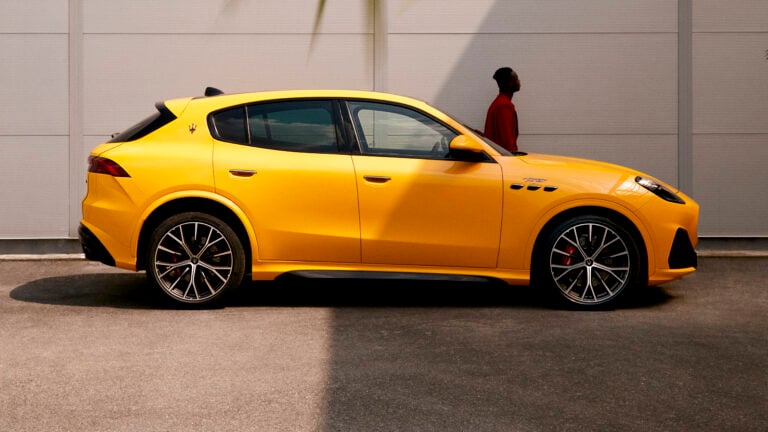 News
NewsMaserati Grecale revealed ahead of Australian debut
The covers have come off the new 2023 Maserati Grecale at last, debuting as the Italian brand's second offering in the hotly contested SUV market
-
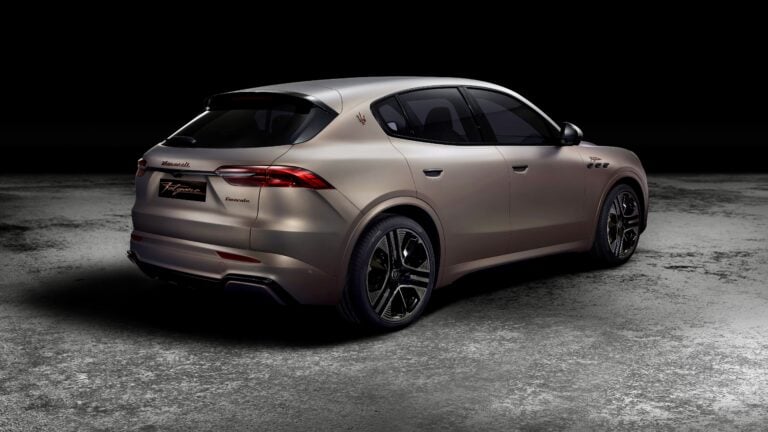 News
News2024 Maserati Grecale Folgore: Electric SUV here next year
Australia will see the launch of the battery-powered Grecale Folgore in late 2023, as Maserati begins its transition to an all-electric brand
-
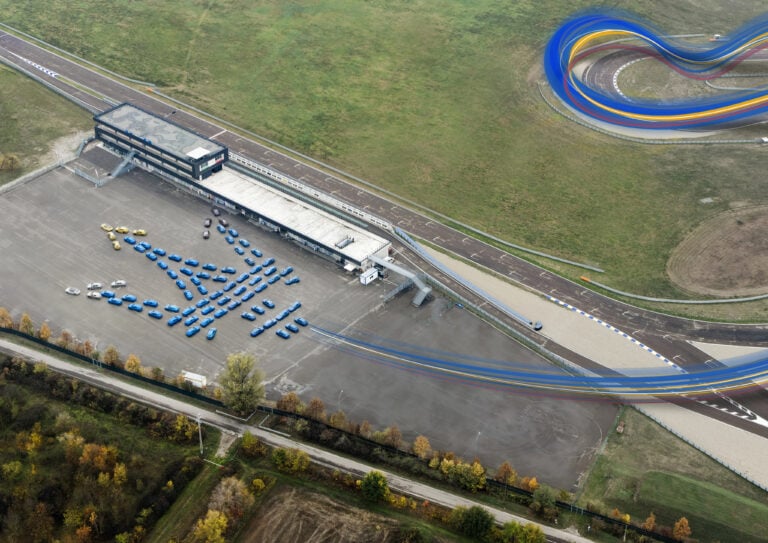 News
News2022 Maserati Grecale – everything we know
Details emerge about what's under the Grecale's bonnet


